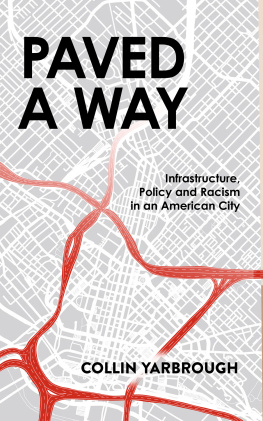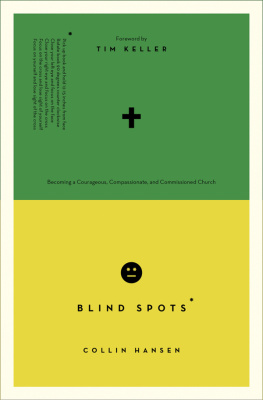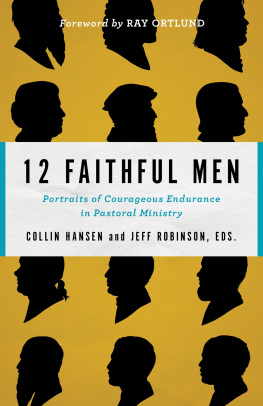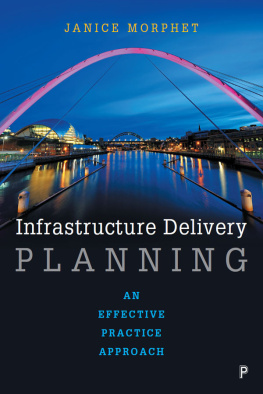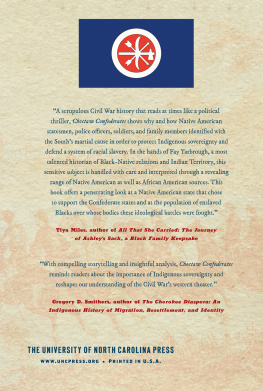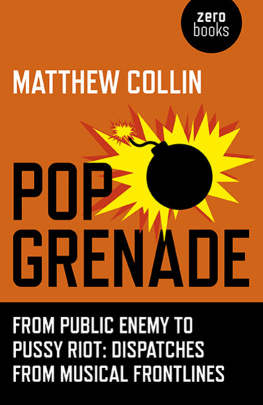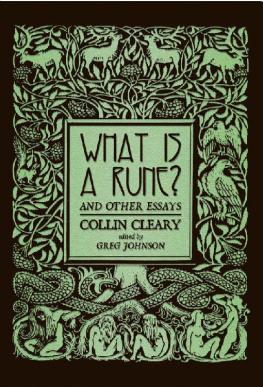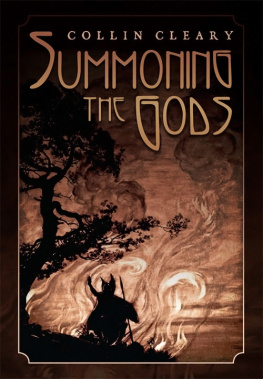INTRODUCTION
My hope for the equitable future of our cities stems from an unsettling beginning.
In the spring of 2020, I wrote a paper in my masters program evaluating the design of a large structure here in Dallas. The list of structures I was provided with included many Dallas icons such as the Meyerson Symphony Center, the Old Red Courthouse, the Nasher Sculpture Center, and so forth. Out of the dozen or so options listed as inspiration, US 75/Central Expressway (Central) caught my eye. It seemed odd to me at first because I couldnt see the inherent value in evaluating the design of a highway.
I was very wrong.
I quickly discovered the Central I knew was actually a 1990s reconstruction and expansion of the original four- and six-lane highway built in the late 1940s, which was then lowered into the ground and widened to eight lanes in the 1990s. During construction of the lowered portion, just north of downtown Dallas, 1,157 bodies from a century-old Freedmans cemetery were relocated to make space for the new design. During the archaeological dig from 1990-94, it was discovered that the service road of the original expressway and other street modifications had paved over these formerly enslaved bodies just fifty years earlierwhen archaeological protections did not exist.
I was furious. I immediately texted a classmate, You arent going to believe this! Im so fucking mad! It was a story that haunted me, and I could not let it go.
This was a highway I used every single day.
Thus my journey to learn about the history of the former Freedmans town began. I found a rich tapestry of stories about a tight-knit community thats practically extinct today. It used to be Black business districts filled with grocery stores, restaurants, doctors, lawyers, and theaters. It was home to activists and advocates for civil rights and opportunities for People of Color (POC) in Dallas. The same area is now home to a predominantly White, upper-class residential and bar district known as Uptown, an area I frequented in my twenties without much care or concern.
As I expanded research to other highways surrounding downtown Dallas, I found similar patterns where neighborhoods were divided, bulldozed, and/or left to decay: North Dallas, Deep Ellum, Little Mexico, Tenth Street, Fair Park, along with countless others.
It is a tangled web of infrastructure, policy, and race.
Highway development, housing crunches, inadequate city services, neighborhood displacementit was all there. When I discuss this story about Central Expressway to Dallas natives, there is almost always a reaction along the lines of What? I didnt know that. Now they know. Speeding down these highways my entire life, I never stopped to think about why they were built, why they were in that location, or what might have been there before.
Ive come to learn Dallas is its own city, and Dallas is every city.
In 2019, I volunteered to help with a church luncheon. An annual event typically focused on raising money for global hunger relief, that particular year we focused on our own backyard in Dallas. One of the pieces of information passed around was a map showing they citys racial and economic segregation. What I saw didnt surprise me much, as the information had been reinforced subconsciously throughout my life: Black, Latinx, and other POC live to the south and west, and people who look like me (White) live to the north and east. I am sure your hometown also has patterns.
Richard Rothsteins book, The Color of Law, shines a bright light on the systemic role federal policy plays in creating and perpetuating inequality through racial and economic segregation.
Infrastructure and policy like highways and housing maps arent usually suitable for dinner table conversation; theyre usually topics we avoid. Ironically, we feel their impact every single day. Many US cities like Detroit, Baltimore, St. Louis, Kansas City, Tampa Bay, Syracuse, and Dallas have lived or still live with the legacy of inner-city highways. This infrastructure presence contributed to the decline of urban cores, displacement of communities, and overall exacerbation of existing inequalities.
However, removing a highway, improving services, and bringing in development are not panaceas to repairing lifetimes of segregation and disenfranchisement. A changing city is often seen as a harbinger of further displacement, and communities of color see it coming from miles away. Perhaps changes like these might also serve as tools to begin dialogue, one that leads us toward a greater understanding of our cities, each other, and ourselves. As civil rights leader Rev. Peter Johnson told me, There are no simplistic solutions.
Dallas proves to be a relevant case study for what is a larger trend of racial and economic inequality through design and policy for centuries across the United States. Federal housing policies, like redlining, exacerbated the deterioration of limited housing in segregated communities of color by not providing loans for improvements or mortgages. Affordable housing and slum clearance programs under the guise of urban renewal made it easy to clear homes surrounding the downtown area. Purchasing land for the public good through eminent domain and, further, inequitable appraisals of homes fair market value were tools used with the intent of discriminating against Black homeowners and forcing them out of areas slated for redevelopment. Present-day building demolition policies are structured in such a way that predominantly Black historic districts experience greater rates of demolition than in predominantly White districts, leaving the largest intact Freedmans town in the country in a state of peril.
In my seven years as an engineer in the utility business, I learned to see how a city operates from a new vantage point: beneath the surface. Visual cues and patterns to what lay underground became key to unlocking what lay below.
Learning about Dallass broader history has not only reshaped my point of view, but it has also called me to action in ways I could not have envisioned. This book is one of those actions. I am starting to understand the layers of my hometown both seen and unseen, recognizing new patterns in the city. When I pass an old structure, see a vacant lot, or a brand-new development, it generates a moment of pause, reflection, and meditation. I recognize new patterns, which alert me to injustice both past and present.



